5. Birth of a Nation (1915)
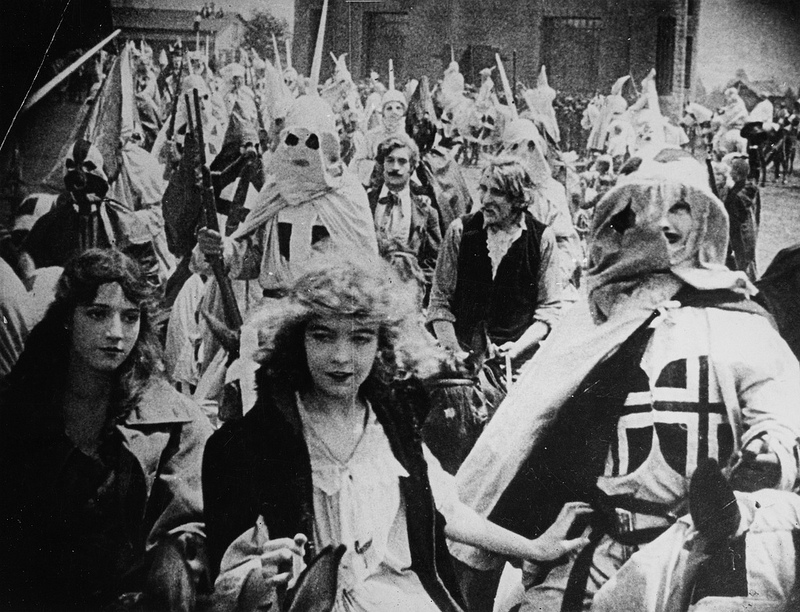
“To watch his work is like being witness to the beginning of melody, or the first conscious use of the lever or the wheel; the emergence, coordination, and first eloquence of language; the birth of an art: And to realize that this is all the work of one man.”
– Critic James Agee
George W. Griffith, hailed as the grandfather of modern narrative cinema, was among the first (if not the first) to synthesize what is still, to this day, the basis of the language of cinema. He was certainly the first to produce a feature length movie in the United States and was a forerunner to the genius of soviet filmmaker Sergei Eisenstein (the father of montage within the Russian Cinema). In short, Griffith gave us basic film grammar. On the other hand he has been accused of racism and bigotry and described as the most vile of personalities.
Adapted from the novel, The Clansman: An Historical Romance of the Ku Klux Klan by its author Thomas F. Dixon Jr, Birth of a Nation was as controversial in its day as it is now. Central to the controversy surrounding Birth of a Nation is a band of Klu Klux Clansman whom Griffith treats as heroes as they restore order to the south after the civil war. Anticipating the outrage, Griffith included the following disclaimer in the films opening title sequence:
A PLEA FOR THE ART OF THE MOTION PICTURE: We do not fear censorship, for we have no wish to offend with improprieties or obscenities, but we do demand, as a right, the liberty to show the dark side of wrong, that we may illuminate the bright side of virtue – the same liberty that is conceded to the art of the written word – that art to which we owe the Bible and the works of Shakespeare.
Unsurprisingly, since its release in 1915, various organizations and individuals, including the National Association for the Advancement of Colored People, have campaigned to have the film banned or suppressed with limited success. Ultimately it was banned in a few places but despite this, Birth of a Nation went on to become the most successful commercial film of its time. Today it is largely recognized for what it is. On the one hand, a masterpiece of Cinema, while on the other, bigoted, racist propaganda.
4. Le Corbeau (1943)
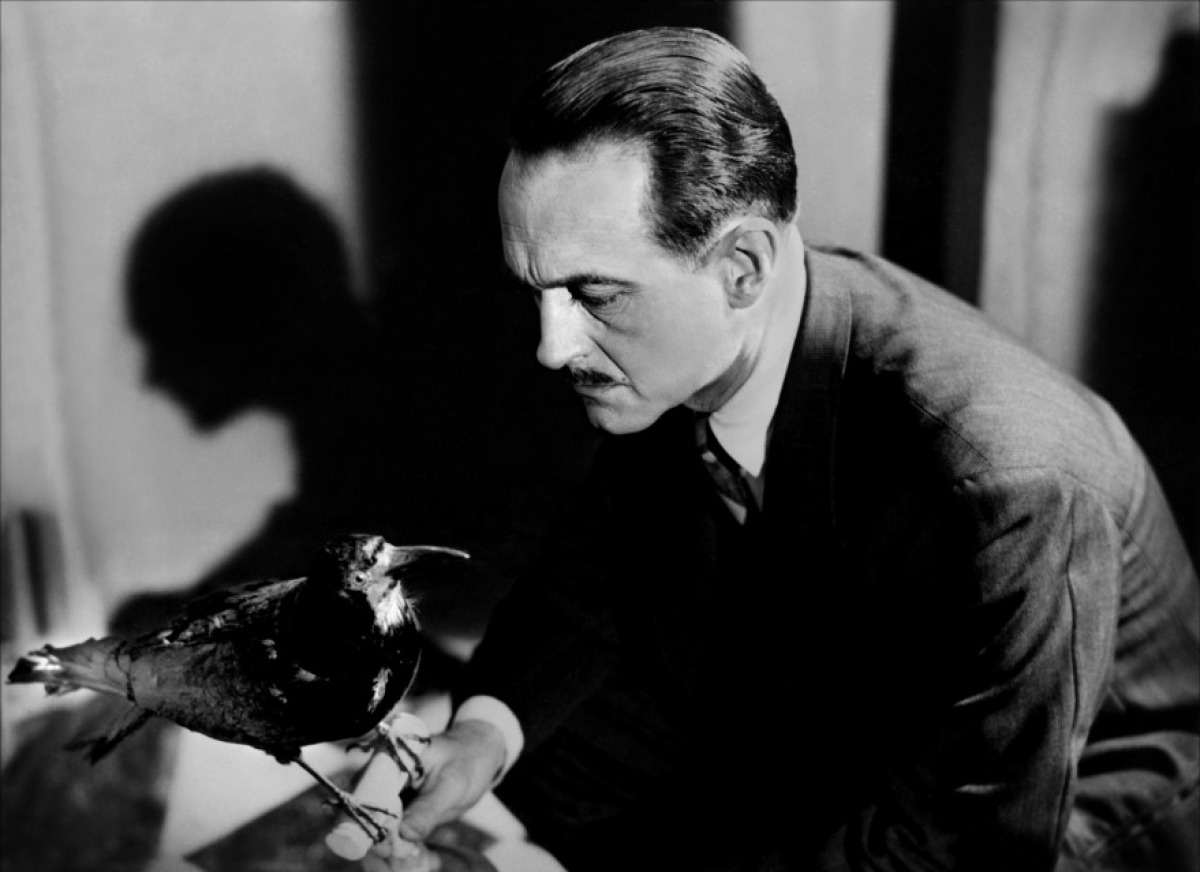
Produced in France by a German production company, Continental Films, near the beginning of the German Occupation of France, The Raven as it is called in English, is an otherwise fairly innocuous mystery-drama which was banned and suppressed until 1947 (along with its director Henri-Georges Clouzot) by the Communist Press for supposedly vilifying the French.
Le Corbeau AKA The Raven is in fact a fairly amusing story of a French Doctor living in a small town who becomes the primary target of a smear campaign orchestrated by a disgruntled citizen (or possibly citizens) calling themselves “The Raven”. Using a slew of defamatory “Poison Pen Letters”, “The Raven” sews discontent, discord and even violence across the town while exposing numerous townspeople in high places for corruption, infidelity and a variety of moral outrages.
While the film itself seems harmless enough to us today, in context it can be assumed that any film produced in France under German Occupation by a German Production Company would immediately come under fire and woe betide the French Director who took German money to further his career.
Besides this now obvious political faux pas, the film’s conclusion rests upon the main character learning that the world is not as rigid and black and white as he had believed and he begins to understand his situation in shades of grey. This perspective, that right and wrong lay along a sliding scale and that human nature and behaviour manifest from complex variables that cannot be so simply accounted for by polarities may also have been a factor in the director’s disgrace. Wartime, it seems, is a dangerous time to be considering moral philosophy and subjective ethics.
The film was eventually remade by Otto Preminger in 1951 under the title The 13th Letter.
3. Triumph of the Will (1935)
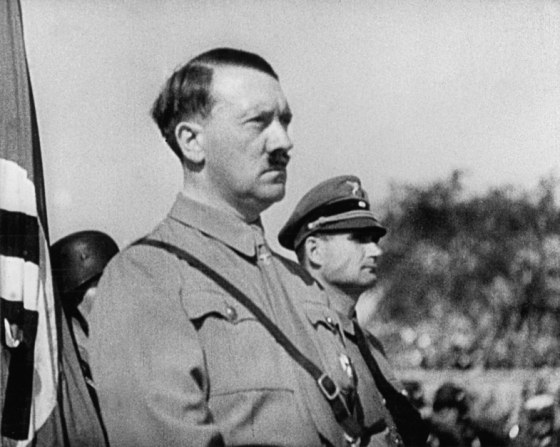
When one considers the notion of dangerous films, it is hard to go past the massive Nazi propaganda film, Triumph of the Will (1935)—documenting the Nuremberg Rally and Nazi Congress of 1934—as among the most dangerous of all. Written and Directed (as part of a collaboration) largely by Leni Reifenstahl, this epic social engineering extravaganza is a seminal and innovative work of state propaganda; the likes of which had never been seen on film before.
Like D.W. Griffith, earlier in the century, Triumph of the Will synthesized techniques and methods that had never been put together in one place—designed to instill powerful feelings of nationalism, loyalty and awe. From the sweeping camera movements and epic scale sets right through to the impassioned Nazi speeches (including Hitler himself) set to stirring music and sound, many of the underlying propaganda film techniques can be seen today in advertising and large scale films dealing with modern nationalism and war.
The core message of the film, Triumph of the Will, was to make Germany great again, a sentiment echoed in more recent times in the politics of today. In this case it was twenty years after World War I and Germany had spent that time making reparations and suffering economically for the devastation of the last war.
Ultimately, the film was the precursor to a massive drive for social upheaval, social control, the building of a new war machine and empire, The Third Reich. In turn this led to the purging of foreign nationals, and a vast campaign of extermination against various minorities, including homosexuals and of course—the German Jews.
There is however an upside to this otherwise tragic outcome. Of all the war crimes ever committed in history, those of Nazi Germany are still probably the most infamous. One can only hope that lessons have been learned and in order to arm oneself against such mindless social engineering, one can review and understand the techniques and devices of such insidious social programming campaigns, analysing and deciphering them so that future attempts can be effectively resisted, rendering this form of control toothless in the face of educated, critical thinking.
2. A Serbian Film (2010)
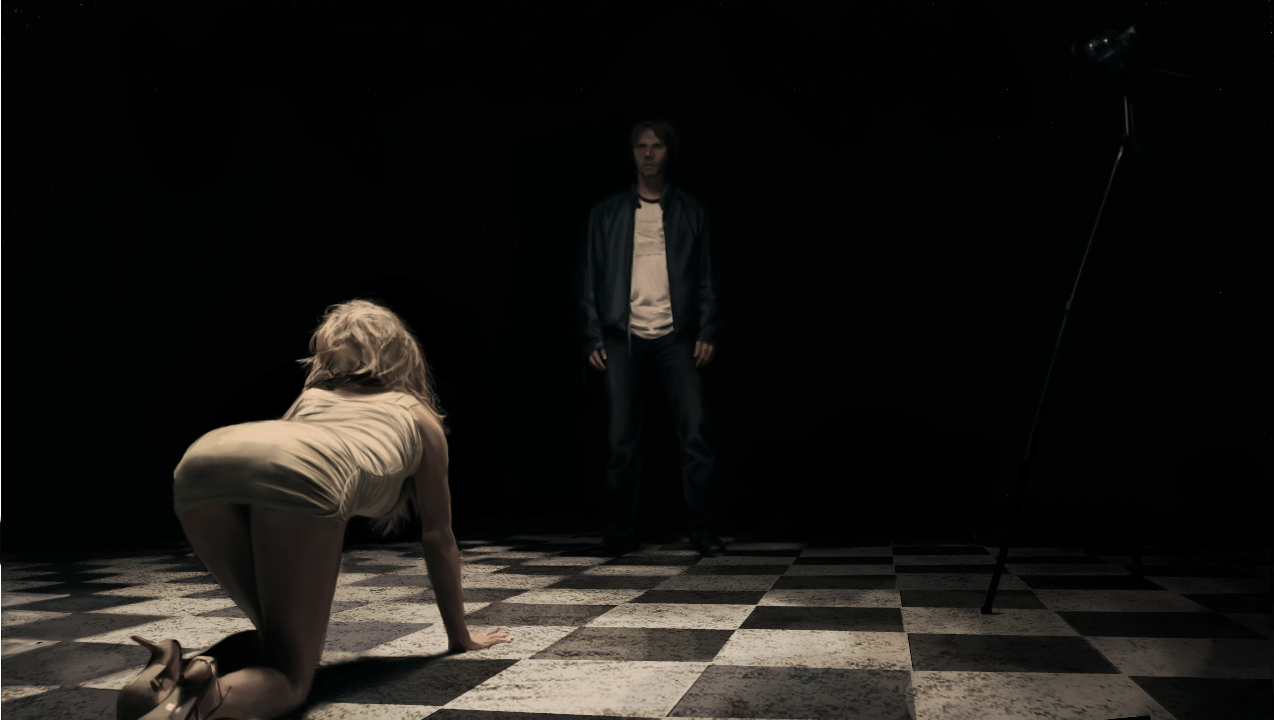
The 2010 debut film of Serbian director Srđan Spasojević, A Serbian Film is a masterpiece of extreme violence, necrophilia, pedophilia and rape. Most famous for its shocking and realistic portrayal of the rape of a newborn baby, never was such an abhorrent vision so expensively captured on film with such high production values.
Ostensibly a political statement about the state of Serbia, its social fabric and its cinema, this film is an extraordinarily graphic and ultra-violent study in sadism. Banned in Spain, Germany, Australia, New Zealand, Malaysia, Singapore, Norway, and South Korea, and temporarily in Brazil, the film brought down the wrath of the authorities who investigated the production for criminal activity related to “sexual morals” and the protection of minors in Serbia.
A Serbian Film is dangerous for the lasting and traumatic effects it can have on audience members, unprepared for this level of extremely realistic violence and sadism as well as for its director’s opinion that the film is a portrayal of his native Serbia which is certainly dangerous to the social fabric of the country itself.
If there is one positive thing that can easily be said of A Serbian Film, whether you see it as high-art or exploitative-trash; what it does do is put the sugar coated, normalised violence of standard Hollywood-fare into perspective and it makes us reconsider our own attitudes to screen violence as we realize how utterly absurd and meaningless it has become. In Serbian film, it is at least as realistic as it can be and there are consequences. Perhaps not the consequences we would like or expect, but they are there.
1. Cannibal Holocaust (1980)
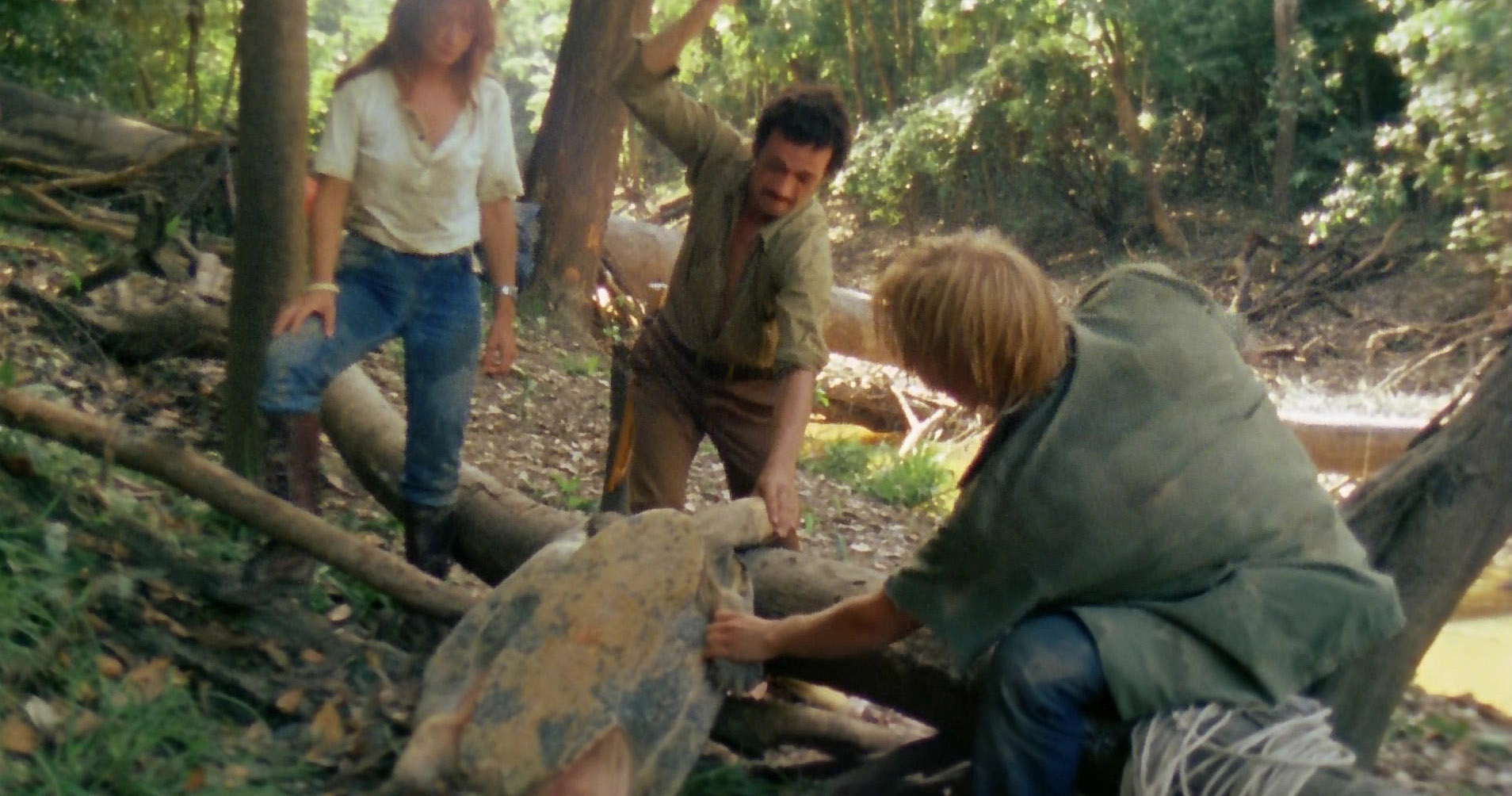
Directed by Italian exploitation film director Ruggero Deodata, Cannibal Holocaust is among the most dangerous and difficult films ever made. Being both difficult to watch and difficult to produce on its extremely low budget, this film was shot in the Amazon basin and features the actual death and mutilation of various animals on screen as well as some shocking portrayals of rape and death that were so realistic and horrific they brought accusations of murder against the director who was forced to defend the film in a court of law.
What seems so perverse about this film is the way that it forces viewers to question what they have seen. Near the opening, there is a pretty standard, 1980’s era shootout with terrible special effects and poorly produced death scenes. The effects in this scene, are bad. The acting is bad. This sequence then stands in stark contrast to the horrifyingly realistic deaths, murders and cannibalism that is to come. Later scenes of impaled corpses are so realistic it is hard to understand how these earlier scenes were so poorly made.
The contrast between the two styles is obvious and disturbing when one gets to thinking about why these two styles exist in the film. This is then exacerbated by the real time, slow and unpleasant slaughter of various jungle creatures including a giant turtle whose on-screen fate is appalling to watch for the average viewer. On the one hand this adds shock value to the film, but it also raises the question of “how far will these people go?”
Being banned for many years in many countries, and having been surrounded with law suits and controversy from animal cruelty to accusations of being an actual snuff film (which is hard to dismiss when watching it, but we are assured that it is all fake), this film is dangerous for the trauma it is likely to produce on an unsuspecting audience and for the dangerous precedent it sets in filmmaking, “moral standards” and animal cruelty.
Author Bio: Russell W.B. Kirkby is a filmmaker from New Zealand whose short film, Nova played in the New Zealand International Film Festival. His second film Cogito, was fully funded by the Screen Innovation Production Fund and was shot on Super 16mm Film. Russell has worked in a variety of roles in the New Zealand Film Industry, from actor, editor to director for over twenty years. Currently Russell lives with his wife Helen in Los Angeles and spends his time writing science fiction and watching movies!